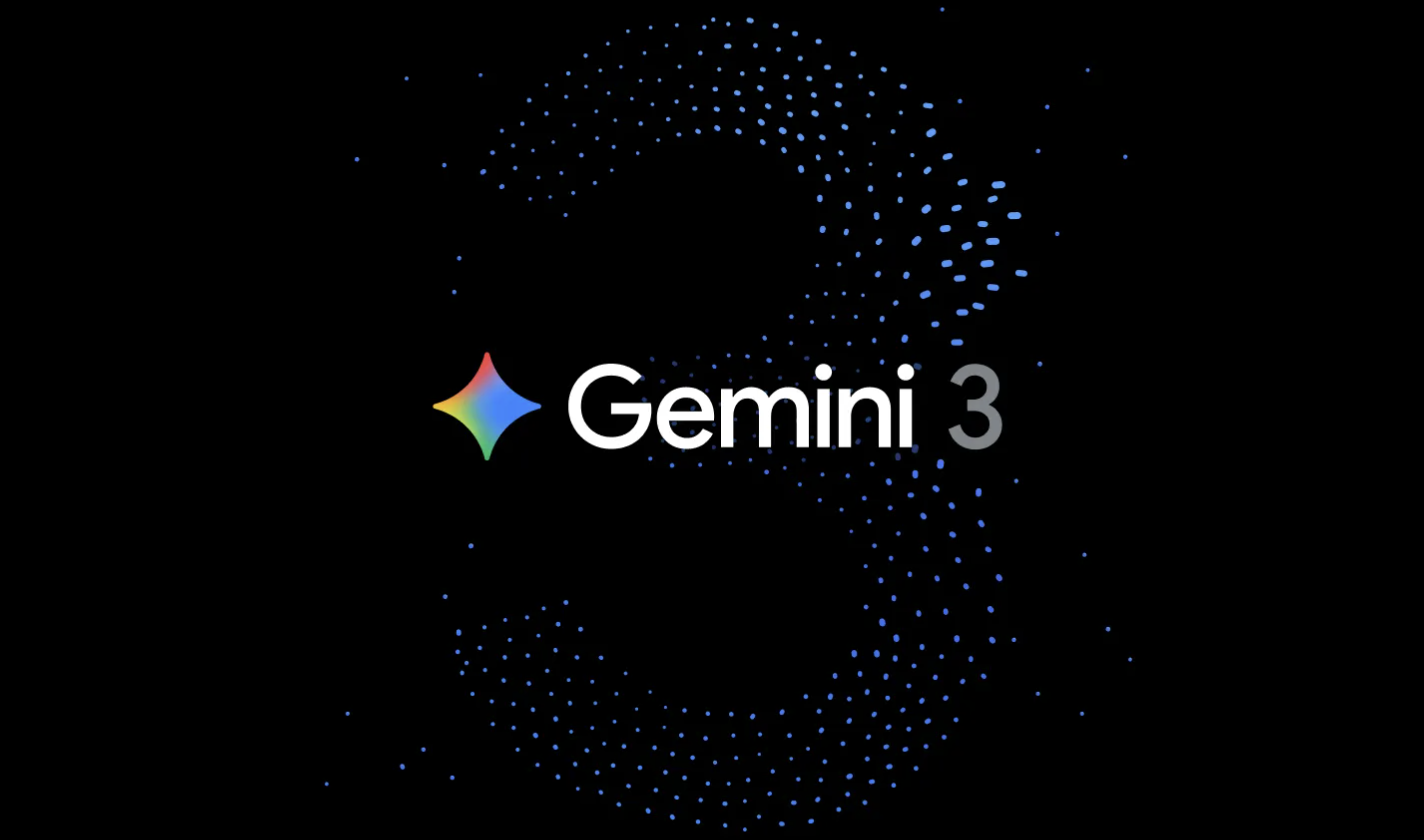The Price Is Right—How New Technologies Make Projection Tech Cheaper Than Ever
Technology has come a long way. Not only can schools bank on added usability and functionality with the emergence of these new tools, but they can cash in on the budget-boosting side effects of this latest breed of special effects.

LampFree Gets a Boost
Traditional lamp projectors may use up to nine conventional mercury lamps to get 20,000 hours of operation. LampFree models bypass this budget bite altogether. Considering labor, product and disposal fee costs of around $250 per lamp, this adds up to a $2,250 per projector bump to the bottom line alone. (Extra energy expenditure, besides being of high social and moral concern in today’s reality, also adds hard dollars to the tune of an additional $1675/10 projectors over a five year span.) Cost reduction in replacement lamps, greener footprint without the need to dispose of the old lamps, time and workforce savings in installation and lost teaching time when a lamp blows and mercury-free tech makes budget minders feel great about their choice. But these perks are not new.
What is new, however, is that the latest of these laser/led hybrid projectors have made the jump into 4K for added clarity and detail. Equipped with a 4K DLP chip, the tech projects images of approximately 8.3 million pixels to mirror the true color and beauty of images at a much higher level than conventional projectors. With 5,000 lumens, it is great for brightly lit classrooms, auditoriums and larger venues—all while taking advantage of the impressive budget saves of being LampFree.
Convertibility Accessories
Every classroom is different, so it makes sense that flexibility in where and how you use your projector and display would be a big plus. Creative budget builders are finding this can translate to serious savings now that the ease of mobility has developed to the point where sharing tech between classrooms and learning spaces is possible, without educators needing to give up the sense of a personalized teaching tool. The latest group of convertible stands and mobile carts allows the panel or projector to move from presentative to table with just the press of a button, giving versatility for presentation and collaboration— some even achieve this in cord-free, rechargeable battery mode.
For some, allowing teachers to move about the classroom for specialized learning or group work is a game changer. New developments allow teachers to communicate with each other, teach from any angle without giving up face-to-face access with students, and to avoid having to use and hook up multiple tools (keyboards, document cameras, etc). Some might want a tabletop display for interactive group projects at some times and standard wall viewing for the class at others. Classes with students at varying levels of abilities and mobility might need to accommodate wheelchairs or other height restrictions. For those situations, this new tech not only represents financial saving, but offers an experience that is priceless.
eShift technology
Tools and ideas to transform education. Sign up below.
With so many advances in picture quality, 4K has become the new low bar for schools entering the projector and AV game. The benefits are undeniable, a crisp clear picture offered by 4K includes intense details and textures and fills the field of vision without discernible pixels, even for front row students close to the viewing area. Kids are being accustomed to these higher levels of definition through their gaming and visual tech at home, so the ante on keeping their interest and keeping them visually engaged has been undeniably “upped”. Images appear more natural than those of a 1080p device for a more relaxing and immersive visuals, often through dynamic control focusing which allows each element (background and foreground) to be focused separately for a clearer overall picture.
Creating these high level images through individual pixels would be extremely expensive. Fortunately, new tech like eShift has arisen, using DLP or LCD chips to create the image at a fraction of the cost. This sort of tech can project two different 1080p images sequentially at 120Hz frequency, making up the detail of a native 4K display so that students get the experience of a full 4K picture without a 4K pricetag.
Sascha has nearly two decades of experience as a freelance journalist writing for national magazines, including The Washington Post, LA Times, Christian Science Monitor, National Geographic Traveler, and others. She writes about education, travel and culinary topics.

